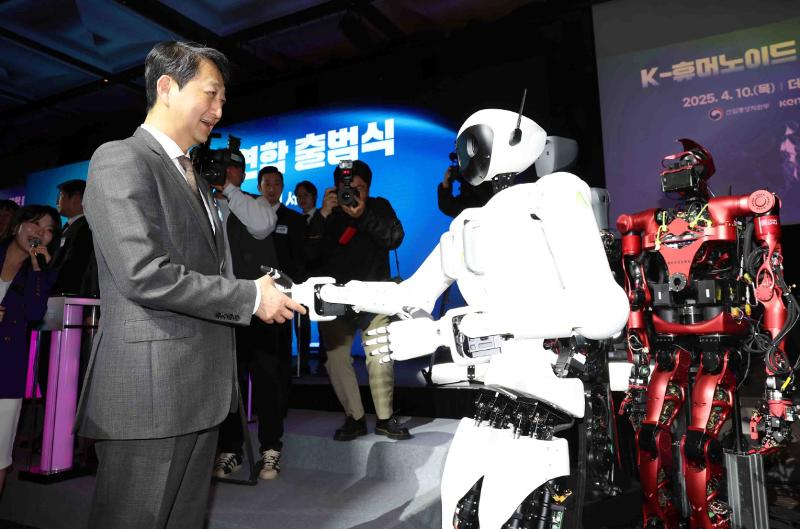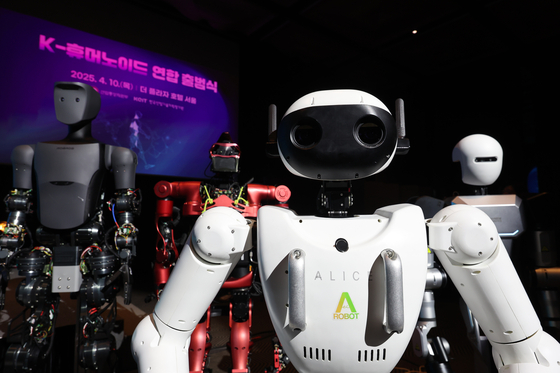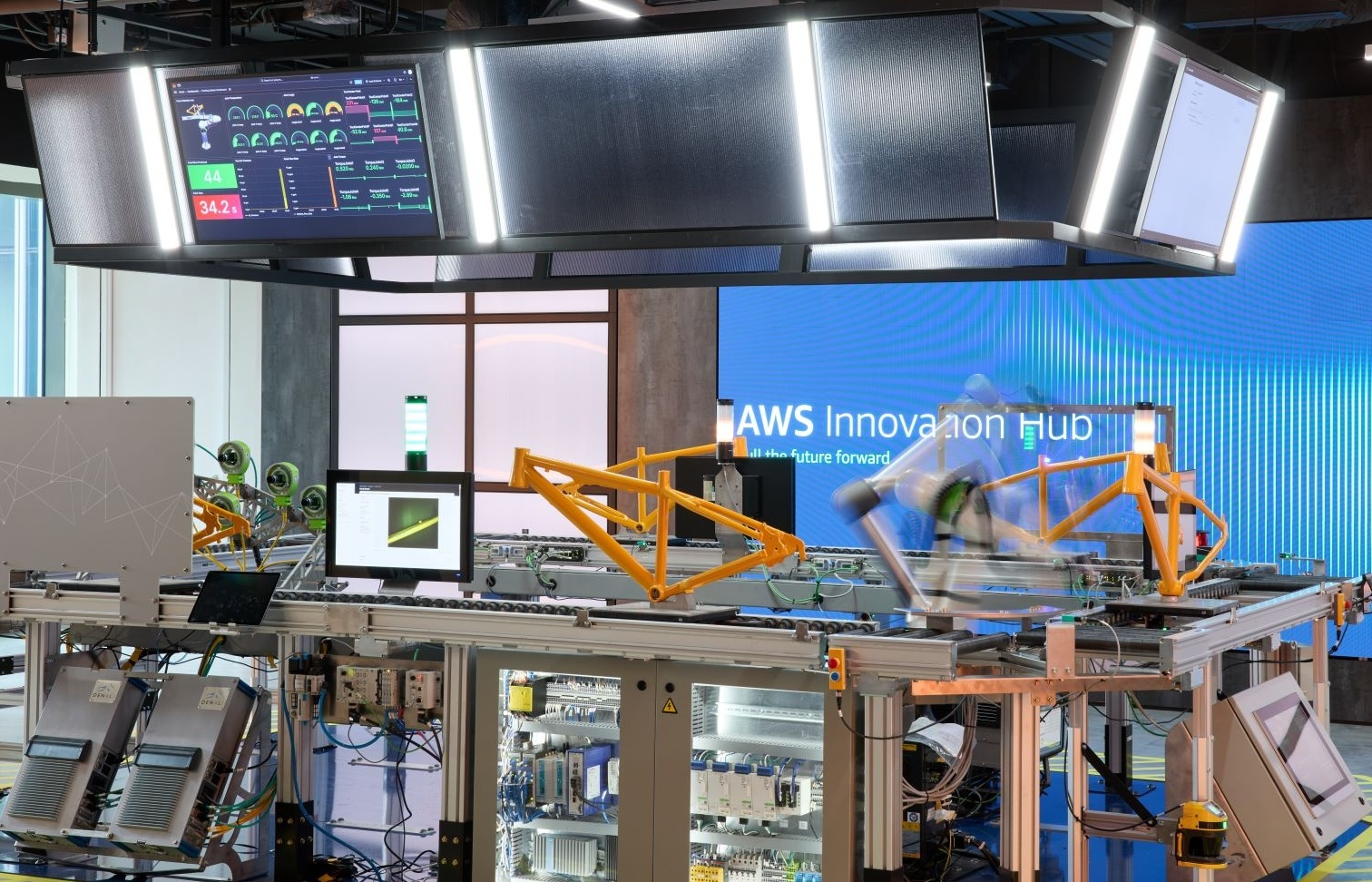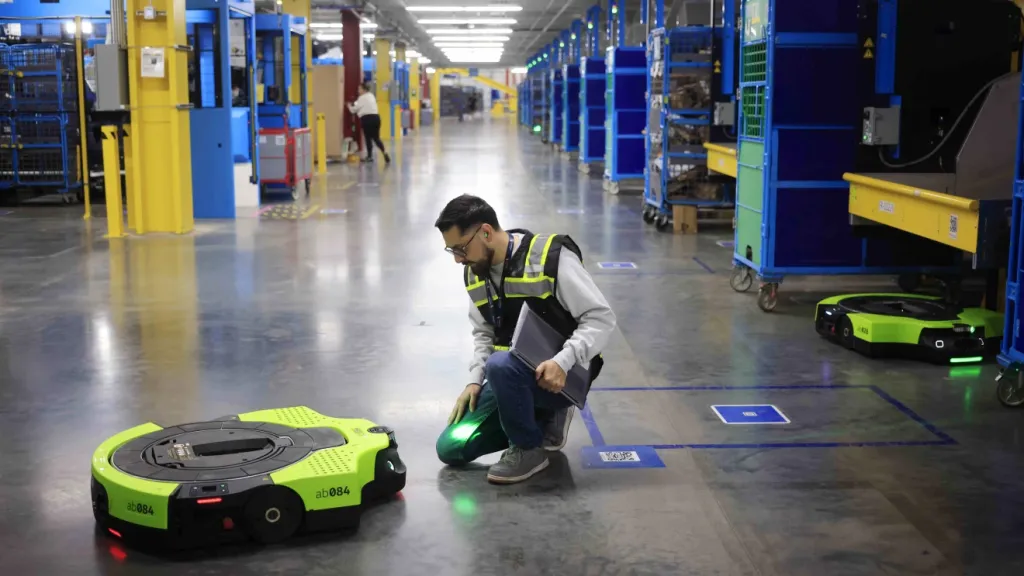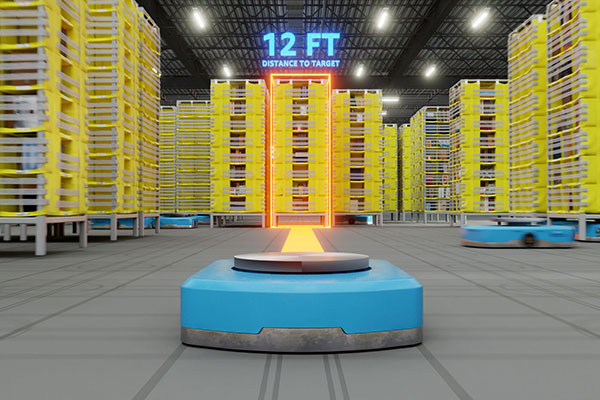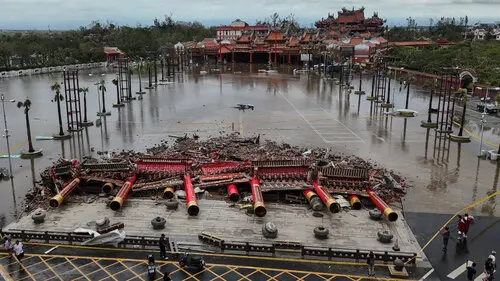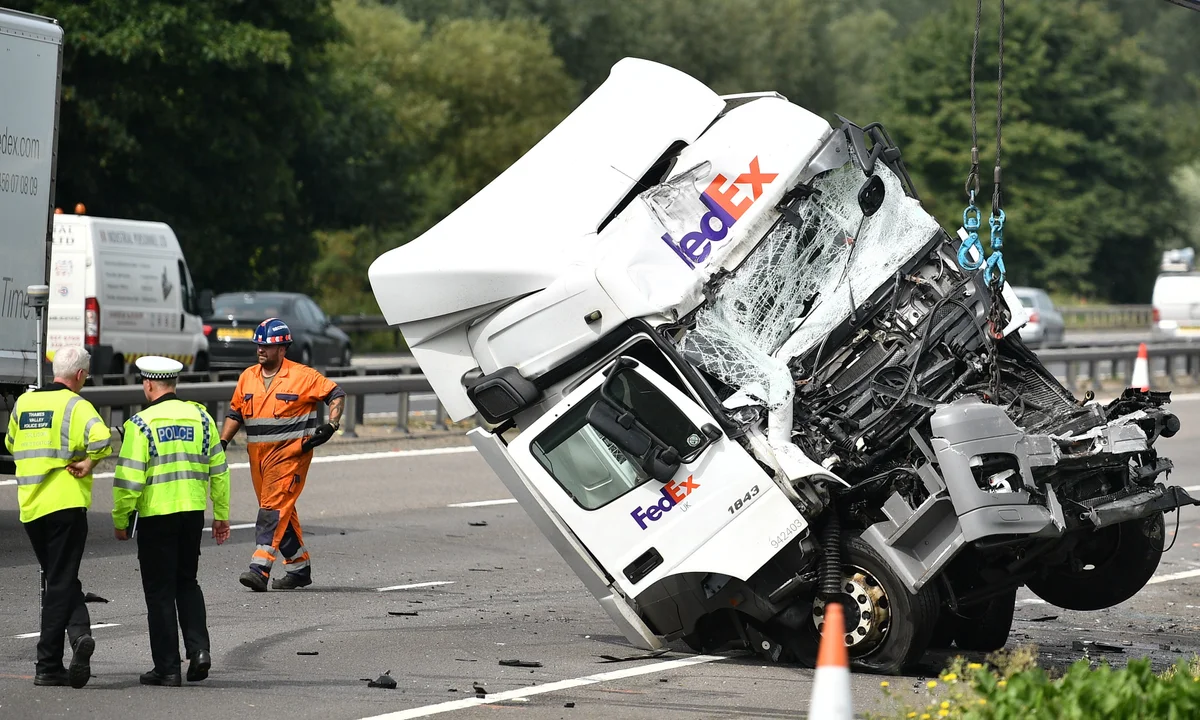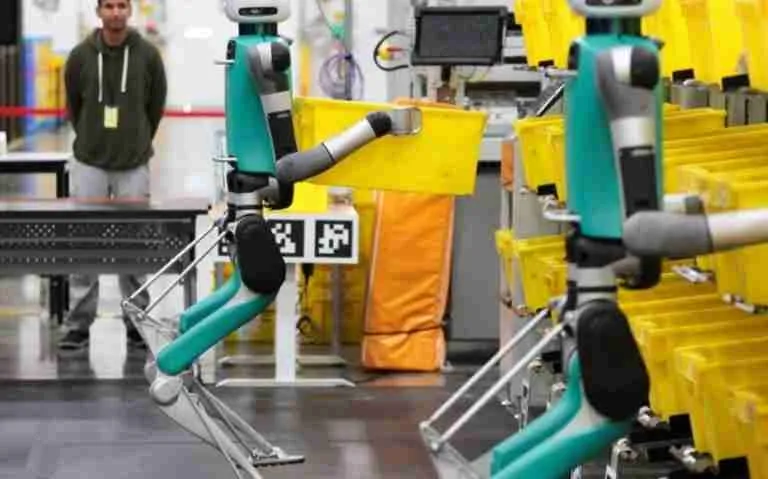
Amazon Nears One Million Robots Milestone, Redefining the Future of Warehousing and Labor
Amazon is on the verge of a historic technological benchmark, with the company announcing that it now operates over 950,000 robots across its global fulfillment and logistics centers. According to company insiders, the e commerce giant is expected to surpass the one million robot threshold by the end of 2025, marking a transformative shift in how goods are stored, sorted, and shipped across its supply chain.
This latest milestone underscores Amazon’s deepening investment in automation, with robots now involved in nearly every stage of its operations from moving inventory and scanning barcodes to packing orders and transporting shelves. While automation in logistics is not new, the scale and integration of robotics at Amazon is unmatched anywhere in the world.
“We’re not just adding robots we’re rearchitecting the warehouse itself,” said Scott Dresser, Amazon Robotics VP, during a recent innovation summit in Seattle. “Each generation of robots is smarter, more agile, and safer to work alongside. We’re designing the future of logistics one machine at a time.”
Amazon began its robotic journey in earnest in 2012 after acquiring Kiva Systems, a robotics startup whose mobile platforms could shuttle shelves around massive warehouse floors. That technology became the foundation for Amazon Robotics, which has since evolved to include a diverse fleet of automated systems such as
Proteus An autonomous mobile robot capable of safely navigating around humans without barriers.
Sparrow A robotic arm that uses AI and machine vision to identify and handle millions of different products.
Cardinal A robotic workstation that can sort and redirect packages of varying shapes and sizes.
Sequoia Amazon's newest system that rethinks inbound and outbound workflows to drastically reduce processing time.
With nearly 1.5 million human employees, Amazon maintains that the surge in robotic deployment is not about replacing workers, but enhancing safety and efficiency. The company claims that robots take over physically strenuous or repetitive tasks, allowing human staff to focus on quality control, problem solving, and higher level logistics. However, this view remains controversial among labor unions and workforce advocates.
Critics argue that the rapid automation may increase pressure on human workers, forcing them to keep pace with machines, and could eventually lead to job displacement in roles that become fully automated. In response, Amazon has pledged $1.2 billion in upskilling programs, aiming to retrain 300,000 employees for technical and robotics related roles by 2026.
In addition to the warehouse floor, Amazon is also exploring automation in last mile delivery, with ongoing tests of autonomous delivery vehicles like Scout, drone based deliveries under Prime Air, and robotic container unloaders at ports.
Globally, Amazon's robotic footprint is most visible in the U.S., U.K., Germany, and Japan, but the company is rapidly scaling automation into emerging markets where demand is rising and workforce shortages are growing. In India and Brazil, for example, newly built fulfillment centers are now being designed with robotics infrastructure in place from day one.
From a business standpoint, Amazon’s robotic expansion is designed to reduce costs, boost speed, and minimize fulfillment errors key competitive advantages in the high stakes world of global e commerce. As the company navigates inflation, labor fluctuations, and rising delivery expectations, robotics is seen as central to sustaining profitability and meeting its same day or next day delivery promises.
Looking ahead, Amazon executives envision a future where robotic systems are not only more ubiquitous, but also intelligent and collaborative, working alongside humans with minimal intervention. Research is already underway on warehouse AI that can autonomously plan inventory placement, optimize movement paths, and predict bottlenecks in real time.
As the company approaches the one million robot milestone, experts say the impact will extend beyond Amazon. “What Amazon is building is not just a logistics network it’s a global blueprint for the future of automated commerce,” said Dr. Naomi Chen, a supply chain technologist at MIT. “Every major retailer is watching and adapting.”
For Amazon, the journey from a handful of wheeled robots in 2012 to nearly one million in 2025 isn’t just a feat of scale it’s a statement about how the company intends to lead the next era of AI powered, autonomous supply chains, with machines at its core and speed as its signature.
Related Post
Popular News
Subscribe To Our Newsletter
No spam, notifications only about new products, updates.

